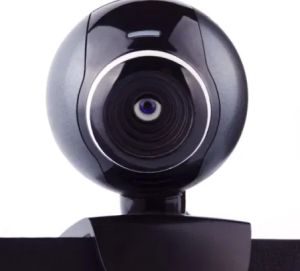Linux Device Drivers: Some Myths and Facts
Anyone who is considering a Linux operating system is most likely doing so because of all the benefits many people say this operating system offers, such as excellent card support and quick and stable device drivers. The license cost for a Window operating system also plays an important role of course, most Linux version being available for free. There are some facts that you should be aware of before you choose your next operating system though, because Linux may require more than just Plug and Play to set up many devices. Linux utilizes special files to control any hardware, and the device drivers for Linux use a special kernel code that allows direct access to the hardware.
The kernel has two forms which should be understood, compiled drivers and modules. Device drivers which are ‘compiled in’ are permanently coded in the kernel when it is built. Modules are the other form of kernel possibility, and these device drivers can be added to or removed from the kernel instead of being permanently built in. Modules are loaded as needed, and these device drivers have a much smaller size, so they do not take up as much space on your system. You can compare them with dynamic link libraries (DLL) in Windows.
Need for Computer Rebooting?
One terrific advantage of the Linux operating system is that you do not need to reboot your machine quite as often as you do with other operating systems, because the device drivers can be changed, unloaded, and loaded without requiring a reboot of your computer. This can be a big benefit to many, because we have all had to reboot and wait since it can take some time. This step can be very frustrating and time consuming, and with Linux it is hardly ever necessary.
The Linux operating system also offers help with configuring your device drivers. Access to the Linux kernel help files is usually only available when the kernel is being compiled, but you can access the ‘Configure.help’ file online if Linux is already installed on your computer. Linux offers many benefits to computer users that are not available in other operating systems, but the Linux operating system is not as user friendly as Windows is either.
Linux device drivers take a long time for development and testing, and this must be done before the device driver is released and becomes available to the public. Testing and verification is done repeatedly to ensure that the software program works as it is meant to and does not have any glitches or flaws. The device driver is tested on both checked build and free build systems and with single processor as well as multiprocessor systems, to ensure a maximum compatibility.
Linux Not Only for Techies
Many computer users have never even considered the Linux operating system, because a common myth is that the Linux system is for computer programmers only, and to complex for most computer users to understand, but this is simply not true. Linux is different from the other operating systems available, but many users with no programming experience at all have purchased and use a computer with Linux on a daily basis. You simply must decide if the benefits of Linux outweigh the drawbacks to some users who are not very computer literate, and do not understand the basic concepts of the operating system.


Thank you. It works.
@Fritz Liessling - Thank you for your feedback. I understand that you are looking for other resolutions, but within Windows…
Although the answer to this question is correct, it is really a cop-out answer. It's easy enough to find answers…
To the pcauthorities.com administrator, You always provide useful links and resources.
???? ?? ??? The Last of us